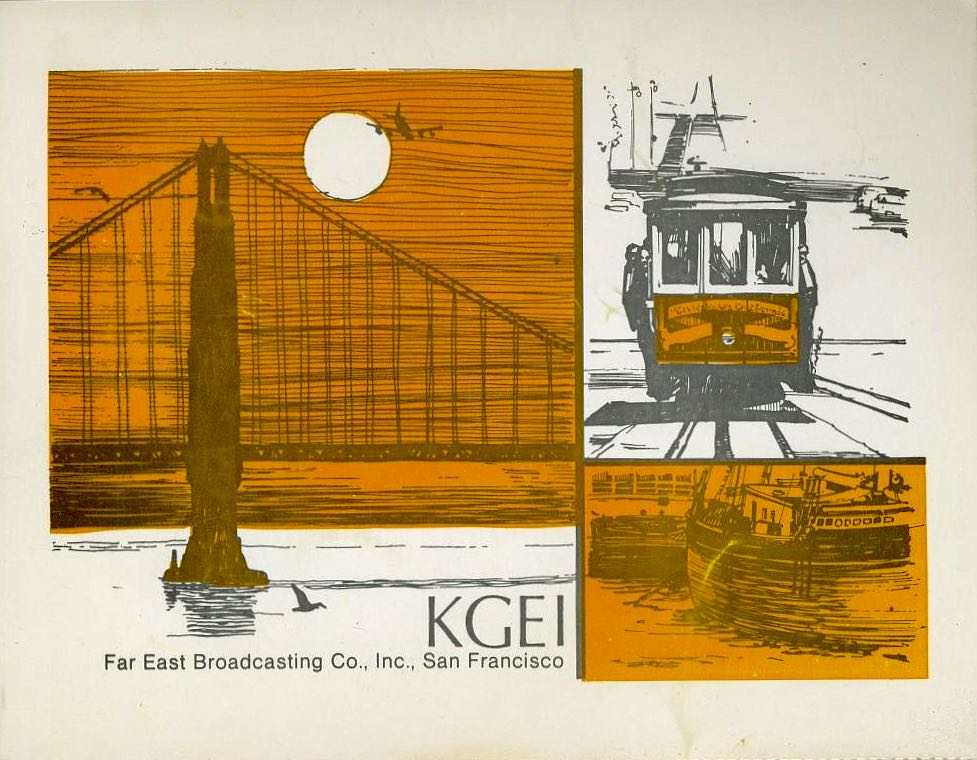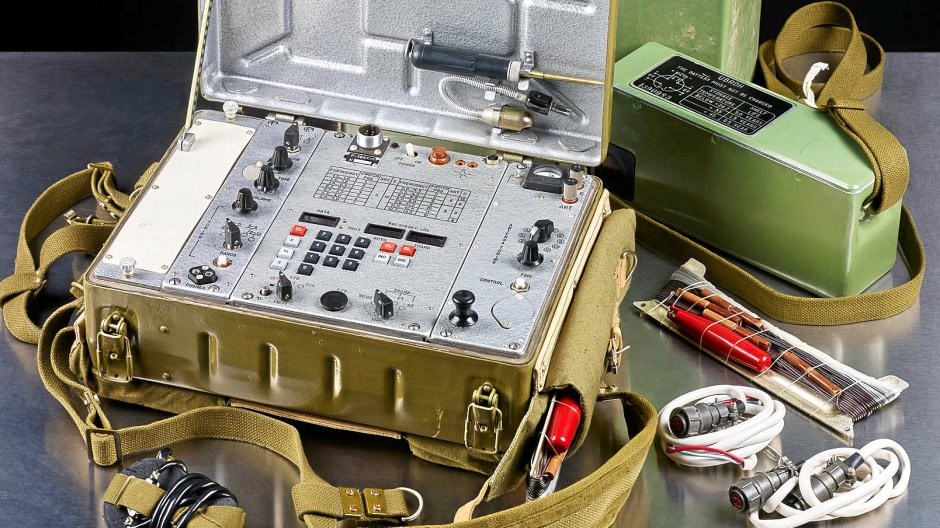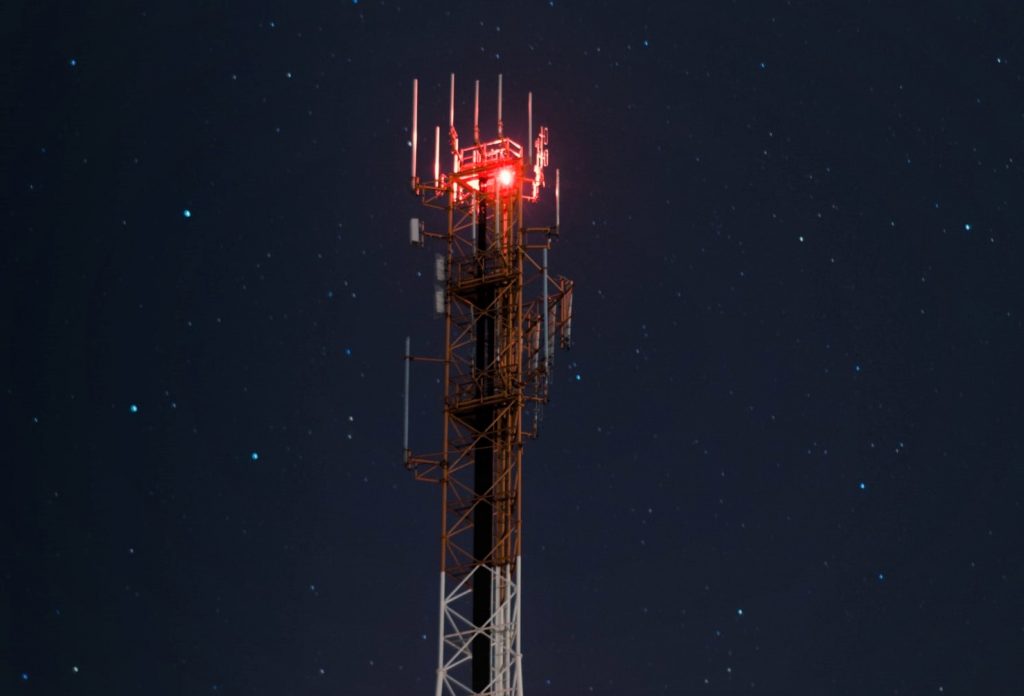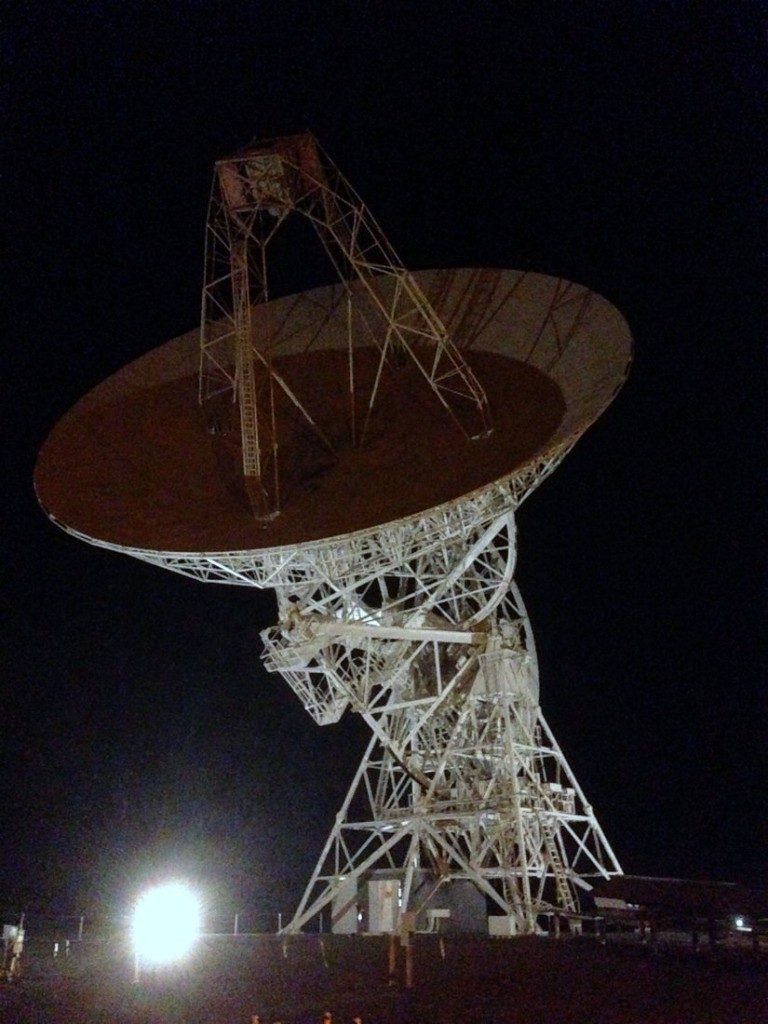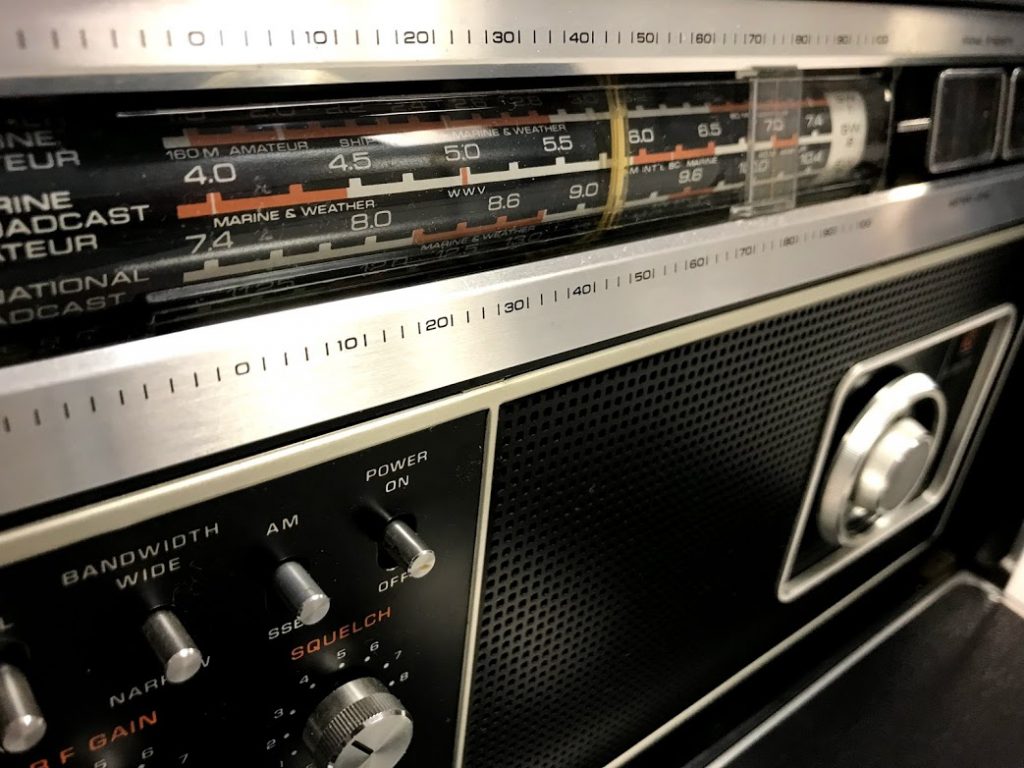 Radio Waves: Stories Making Waves in the World of Radio
Radio Waves: Stories Making Waves in the World of Radio
Because I keep my ear to the waves, as well as receive many tips from others who do the same, I find myself privy to radio-related stories that might interest SWLing Post readers. To that end: Welcome to the SWLing Post’sRadio Waves, a collection of links to interesting stories making waves in the world of radio. Enjoy!
Many thanks to SWLing Post contributors Marty, David Iurescia (LW4DAF), and Phillip Novak for the following tips:
Radio Bulgaria to resume its audio broadcast (Bulgarian National Radio)
“Radio Bulgaria needs to resume its sound presence and we are to work together with the team, in order to build a firm concept in this direction.” This was what BNR Director General Andon Baltakov said in his first interview with Radio Bulgaria.
On the eve of Radio Bulgaria’s 84th anniversary, which is celebrated on February 16, 2020, Mr. Baltakov said that broadcasts of the National Radio aimed for foreign countries would be modernized, but would preserve their philosophy – being Bulgaria’s window to the world and vice versa. You can read the whole interview here. […]
Radio aids revival of dying tribal language (The Hindu)
Tucked away in the hills of Jharkhand’s Latehar district, Asur, a particularly vulnerable tribal group, may not have access to good road or means of transportation to the outside world, but that has not deterred them from saving their language. Using mobile radio, the Asur community has been spreading the popularity of the language within their geographical limits.
As the voice Dahan-Dahan Turrarr .. Dang T inatang Turrarr.. Noa Hake Asur Akhada Radio Enegabu Degeabu Siringabu Urrarr (Come, sing, dance and talk.. This is Asur Centre Radio) is played out through loud speakers, the bustle at the weekly market at Kotia seizes briefly, as people turn their attention to the sound system that transmits songs and news transmitted in their native language.
Attention of the Asur tribals assembled at the market is immediately diverted to the sound system that transmits songs, news and information about government schemes — all in their native dialect.
[…]“The initiative has got a huge response from people. Now, villagers are requesting us to organise events at their places and they are also interested in preparing radio programmes,” said Ms. Tete.
“When we started working on languages, we focused on five tribal and four regional languages. Then we realised that the bigger groups can take care of their own languages, but smaller communities need help,” said Ms .Tete.
[…]Youth from the community are also being encouraged to write poems in their language and older ones narrate their experience in their own language.[…]
FCC Digital Sign Compliance (International Sign Association)
The U.S. Federal Communications Commission (FCC) continues to cite businesses because digital signs are interfering with the wireless spectrum, creating problems with commercial and public wireless devices. This may occur because the signs are operating at Electro Magnetic Interference (EMI) levels not allowed under U.S. federal law and in violation of FCC regulations.
Click here for frequently asked questions to better understand these issues.[…]
How To: Surface Mount Soldering (Nuts & Volts)
Some people tend to shy away from using surface-mount components in their projects. It seems to be too difficult or needs an array of specialized equipment. In the past, I found myself in this same mindset — wary of using these types of parts. That all changed when I got involved with an open source motor controller project (OSMC).
It used a mix of surface-mount and through-hole components. I took the plunge and built up a pair of OSMC H-bridge boards and the MOB (Modular OSMC Brain) controller board which I used in the Battlebot Crash Test Junior.
At the time, there was little information available on how to mount these parts using an ordinary soldering station and tools that most hobbyists would have on hand. Not wanting to invest in a whole new set of tools (hot air stations, etc.), I experimented a bit and used common sense techniques to get the job done. A point I’d like to stress is the myth about requiring anything exotic to work with most surface-mount parts. I don’t own or use any special soldering equipment for this. All of the soldering that I’ve done on surface-mount boards is built with an old Weller WTCPT station and TC201 soldering iron. It has the fine tip that came standard on it. If you happen to have access to specialized tools, go ahead and use them but you still may find these tips helpful. It has been my experience that depending upon your techniques, you can get by just fine in most instances without specialized tools.[…]
Turn Your Computer’s Sound Card Into A Scope (Nuts & Volts)
I’ve been using an oscilloscope for almost 50 years. It’s my go-to measurement instrument in every electronics project I work on, helping me debug and fine-tune hardware and software projects.
In this article, I’ll show how you can get started with a simple-to-use scope you probably already have. Best of all, it’s free! When you graduate from this simple scope, you can purchase a more powerful scope using the exact same user interface.
Full disclosure: I love scopes so much, 10 years ago, I joined Teledyne LeCroy — the third largest scope manufacturer in the world behind Tektronix and Keysight. However, I use the Digilent Analog Discovery 2 Scope (described in this article) in all my hobby activities and in the workshops I teach at Tinkermill — our hackerspace in Longmont, CO.
I think the free scope control software, Waveforms, is the simplest to use, most feature-rich pro-level software of any of the available options. Using a sound card as the hardware interface with Waveforms puts a simple — yet powerful — scope in your hands for free.[…]
Do you enjoy the SWLing Post?
Please consider supporting us via Patreon or our Coffee Fund!
Your support makes articles like this one possible. Thank you!


